Adaptive Refinement in Space and Time for Compressible Two-Phase Flow on Deforming Domains
Please login to view abstract download link
Two-phase flows occur in industrial applications such as sealing rings in internal combustion engines, electrolysis, foam casting, and many others. Simulation of these processes is a valuable tool to investigate relevant physical phenomena and perform design optimization in early stages of component development. This is true especially when building multiple prototypes is more expensive than multiple simulations. For the two-phase flow of incompressible and compressible phases [1], discontinuities in material properties or even changes in material models introduce new challenges for models and numerical methods at the interface between the phases. Additionally, applications can involve fluid domains that deform over time, which is a challenge for simulation approaches. Interface tracking approaches can deal with these deformations and benefit from re-meshing procedures. The level-set method has been used to capture the fluid-fluid interface motion, providing accurate information on the exact interface location and curvature even for large deformations. Still, resolving the interface accurately requires a high density of degrees of freedom to represent steep gradients in physical fields accurately. We investigate adaptive refinement for two-phase flow with the level-set method using space- time finite elements [3] on deforming domains. This way, we can reduce computational effort for regions away from the interface and with small gradients both in space and in time for some cases. Results for benchmark cases agree well with references. The potential gains in performance are investigated. REFERENCES [1] A. Murrone and H. Guillard, “A five equation reduced model for compressible two phase flow problems”, J. Comput. Phys., Vol. 202(2), pp. 664-698, (2005). [2] M. von Danwitz and V. Karyofylli and N. Hosters and M. Behr, “Simplex space-time meshes in compressible flow simulations”. Int. J. Numer. Methods Fluids, Vol. 91(1), pp. 29-48, (2019).

